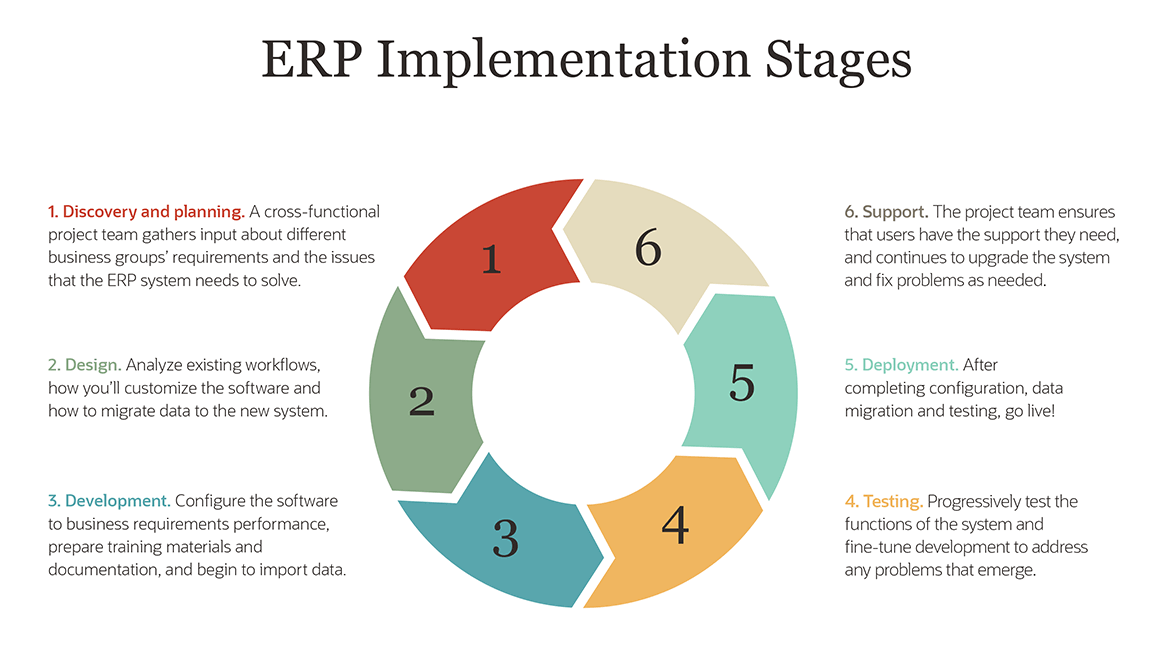Presentation On Employee Management System Using Structure Presentation
| Introduction to Employee Management System Using Structure | ||
|---|---|---|
| An employee management system is a structured approach to manage and organize employee information and activities within an organization. The system ensures efficient management of employee data, such as personal details, performance records, and attendance. A well-structured employee management system enhances productivity, communication, and decision-making within the organization. | ||
| 1 | ||
| Benefits of Implementing an Employee Management System | ||
|---|---|---|
| Improved efficiency: A structured system allows for quick and easy access to employee information, reducing time spent on manual processes. Enhanced communication: The system enables seamless communication between employees and management through features like messaging and notifications. Data accuracy: With a structured system, data can be accurately recorded and updated, ensuring reliability and reducing errors. | ||
| 2 | ||
| Key Features of an Employee Management System | ||
|---|---|---|
| Employee profiles: Each employee has a dedicated profile containing personal information, job details, and performance history. Attendance tracking: The system allows for accurate tracking of employee attendance, including leave requests and approvals. Performance management: Managers can evaluate and track employee performance through structured performance reviews and goal-setting. | ||
| 3 | ||
| Structure of an Employee Management System | ||
|---|---|---|
| Database: The system is built on a centralized database that stores all employee information securely. User roles and permissions: Different levels of access are assigned to employees and managers based on their roles and responsibilities. Dashboards and reports: Structured dashboards provide a visual representation of key metrics, while reports offer insights for decision-making. | ||
| 4 | ||
| Implementation Process of an Employee Management System | ||
|---|---|---|
| Identify requirements: Determine the specific needs of the organization and define the features and functionalities required. Select a system: Research and choose an employee management system that aligns with the organization's needs and budget. Customization and integration: Tailor the system to match the organization's structure and integrate it with existing software or tools. | ||
| 5 | ||
| Training and Adoption | ||
|---|---|---|
| Employee training: Conduct comprehensive training sessions to ensure employees understand how to use the system effectively. Encourage adoption: Promote the benefits of the system and provide ongoing support to encourage employee adoption and usage. Monitor and evaluate: Continuously monitor system usage and gather feedback to identify areas for improvement. | ||
| 6 | ||
| Potential Challenges and Solutions | ||
|---|---|---|
| Resistance to change: Some employees may resist adopting the new system. Address this by clearly communicating the benefits and providing support. Technical issues: Ensure the system is well-tested and provide technical assistance to resolve any issues promptly. Data security: Implement robust security measures to protect employee data and comply with privacy regulations. | ||
| 7 | ||
| Case Study: XYZ Company | ||
|---|---|---|
| Implementation of employee management system improved XYZ Company's HR processes, resulting in decreased administrative workload. Enhanced communication and collaboration among employees led to improved productivity and efficiency. Accurate data tracking and reporting allowed for better decision-making and resource allocation. | ||
| 8 | ||
| Conclusion | ||
|---|---|---|
| An employee management system using structure is essential for efficient HR and workforce management. The system provides numerous benefits, including improved efficiency, enhanced communication, and accurate data management. Successful implementation requires careful planning, training, and ongoing support to ensure adoption and maximize its potential. | ||
| 9 | ||
| Questions and Discussion | ||
|---|---|---|
| Open the floor for questions and engage in a discussion about the employee management system and its implementation. Your second bullet Your third bullet | ||
| 10 | ||








